This month’s book list is by Lauren McGuinness who is a primary school educator with more than 20 years teaching experience in New Zealand and abroad. She is SPELD trained and a Reading Recovery specialist. For the past 10 years she has focused on classroom literacy and learning support.
Her book list is in response to World Dyslexia Awareness Week earlier this month.
“Graphic novels were a game-changer,” explains my husband who has dyslexia.
Upon discovering them at high school, it was the first time he began to read for enjoyment. Now I observe that my daughter, who also has dyslexia, has found the same pathway into reading, devouring all the graphic novels by popular American cartoonist Raina Telgeimeier.
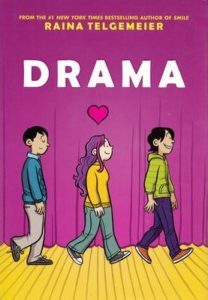
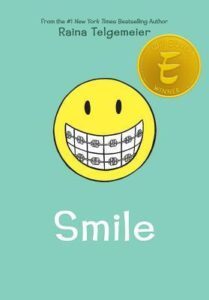

It is no wonder that people with dyslexia, often described as ‘visual learners’, or ‘picture-thinkers’ are drawn to strong imagery on the page. Not only do the visuals support the text, but they can hold extra clues to the narrative. Higher-order thinking and deeper themes can also be addressed in this accessible format.
Design elements, such as clear spacing between words and sentences, easy to read fonts and a logical visual format mean that readers do not feel disoriented by the symbols of language.
When trying to interpret symbols that do that produce a mental image, dyslexics become confused and therefore disorientated. This leads to familiar symptoms of substitutions, omissions, reversals, or transpositions in reading letters, numbers and words.
(Davis, 2003, p.13)
The writer’s word choice is absolutely key too. Usually, this means there are less irregular words like enough or aunt for readers struggling to decode. If new or unusual words are introduced, they are usually supported through clear illustration. Some of my ‘go to’ books include repetitive phrases and in some cases, no words at all – offering a neat platform for the reader to craft their own narrative.
I am always on the lookout for new books that will grab the students’ attention and support them on their literacy journey. In my learning support classroom, I have a growing list of ‘go-to’ picture books and early readers that have proven popular with my students with dyslexia over the years.
Through powerful illustration, clever storytelling and wit, these particular titles are repeatedly selected by my students for endless retelling:
Picture Books:
I Just Ate My Friend by Heidi McKinnon
Children love the humour when the narrative comes full circle.
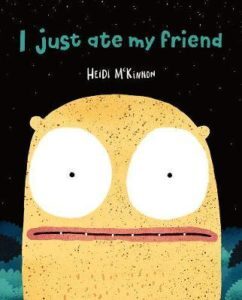
Look What I’ve Got! by Antony Browne
Clever illustrations contain hidden clues to keep the reader hooked.
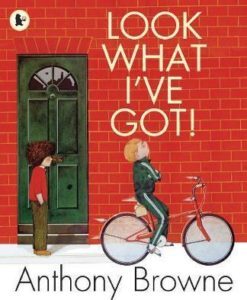
Monkey on the Run by Leo Timmers
A wordless picture book that gives students the opportunity to tell the story themselves.
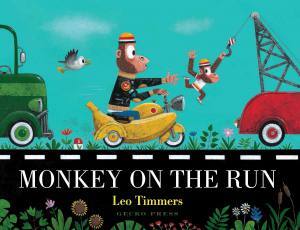
Wolfman by Michael Rosen and Chris Mould
The bold illustrations make readers chuckle and the text itself is presented in an easy-to-read font. Perfect for early readers.
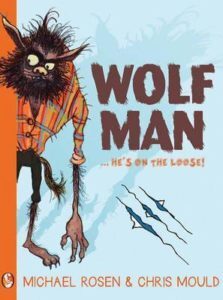
The Fishing Trip by Beatrice Rodriquez
Another wordless picture book to give students the freedom to tell the story themselves. One of my students said, ”Because there are no words, it’s not too hard to read. I get tired trying to read words!”
The wordless book The Chicken Thief by the same author and involving the same character is also a hit.

The Chicken Thief by Béatrice Rodriguez
Press Here by Herve Tullet
Students love the interactive component of the design. Instructions to the reader are clear and easy to follow – as if the book is talking to you!
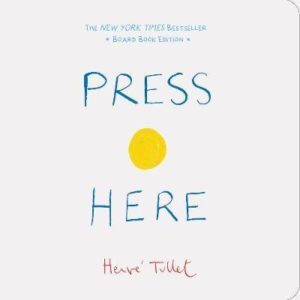
The Wolf in Underpants by Lupano Wilfrid
The book’s orientation is different from the standard format, an intriguing element in itself. Students have fun detecting hidden detail in the illustrations and new language is supported through imagery. Students are often heard laughing out loud as they read it.
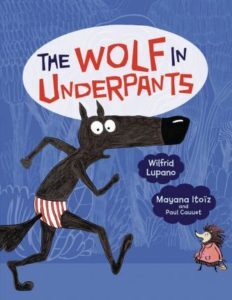
I Will Not Read This Book by Cece Meng
Repetitive sentences make this book an easier option for early readers.
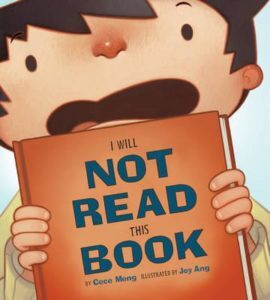
Bob the Artist by Marion Deuchars
Humour immediately draws readers in and students enjoy the labelling of Bob’s legs as ‘puny’. Most children feel confident to read this one on their own.
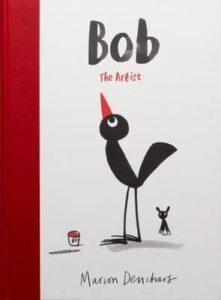
One by Kathryn Otoshi
Students love the twist – the colours are the characters.

Stanley Paste by Aaron Blabey
Stanley’s small stature made him an easy character for some of the students to relate to.
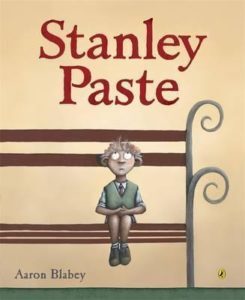
Silly Billy by Antony Browne
Browne’s illustrations never fail to delight and this text is especially good for talking about worries. My students like the inclusion of the small worry dolls.
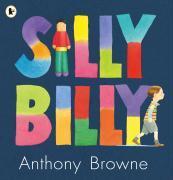
I Want My Hat Back by Jon Klassen
One student said he liked going back over the illustrations to replay the events and the laughs at the end. Subtle humour is used effectively in this book.
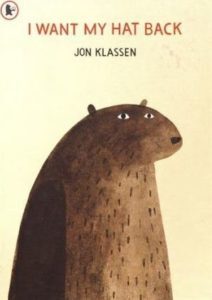
Stephanie’s Ponytail by Robert Munsch
A fantastic read aloud as the students can take on Stephanie’s voice and expressions as she becomes more and more exasperated with her schoolmates.

Imagine a Night by Sarah L Thomson
This sophisticated picture book contains illusions within the illustrations. The students like the challenging ‘brain-twisters’ throughout.
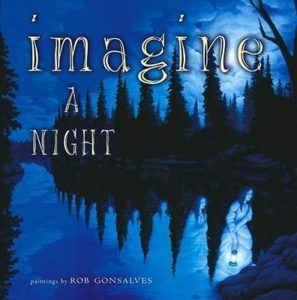
Early Chapter Books:
Fly Guy by Tedd Arnold
This book series contains a larger text with more ample spacing between letters. The narrative uses humour well and students always find the stories funny.
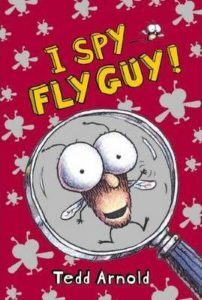
Bad Guys by Aaron Blabey
Loaded with comic illustrations on every page, appealing to most students, this title is a good start into chapter books.
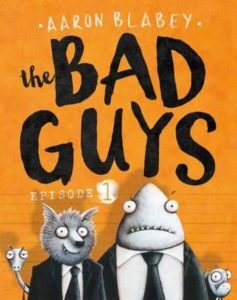
Who Would Win? Polar Bear vs. Grizzly Bear by Jerry Polatta
This particular series welcomes the reader to non-fiction. The books contain plenty of illustrations along with an accessible layout and font size making it easy for students to learn new facts and information.
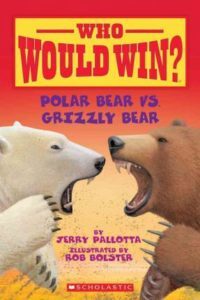
Providing a pathway into reading is important for all children. As a teacher, I have seen the value in offering a range of stories for my students to enjoy to try to overcome the barriers to literacy.
Developing a love for reading won’t necessarily be instantaneous for each child, but once you find the key to unlock the joy of reading, whether it’s the sense of achievement or the sense of being captured by the stories, it will hopefully be the start of something magical.
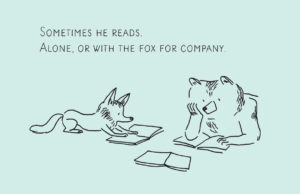
A Bear Named Bjorn by Delphine Perret
Want to hear more from Gecko Press? Every month we send out a newsletter with all of our latest blog articles, book lists, activity sheets, and sometimes a competition too! Sign up to our mailing list here.

